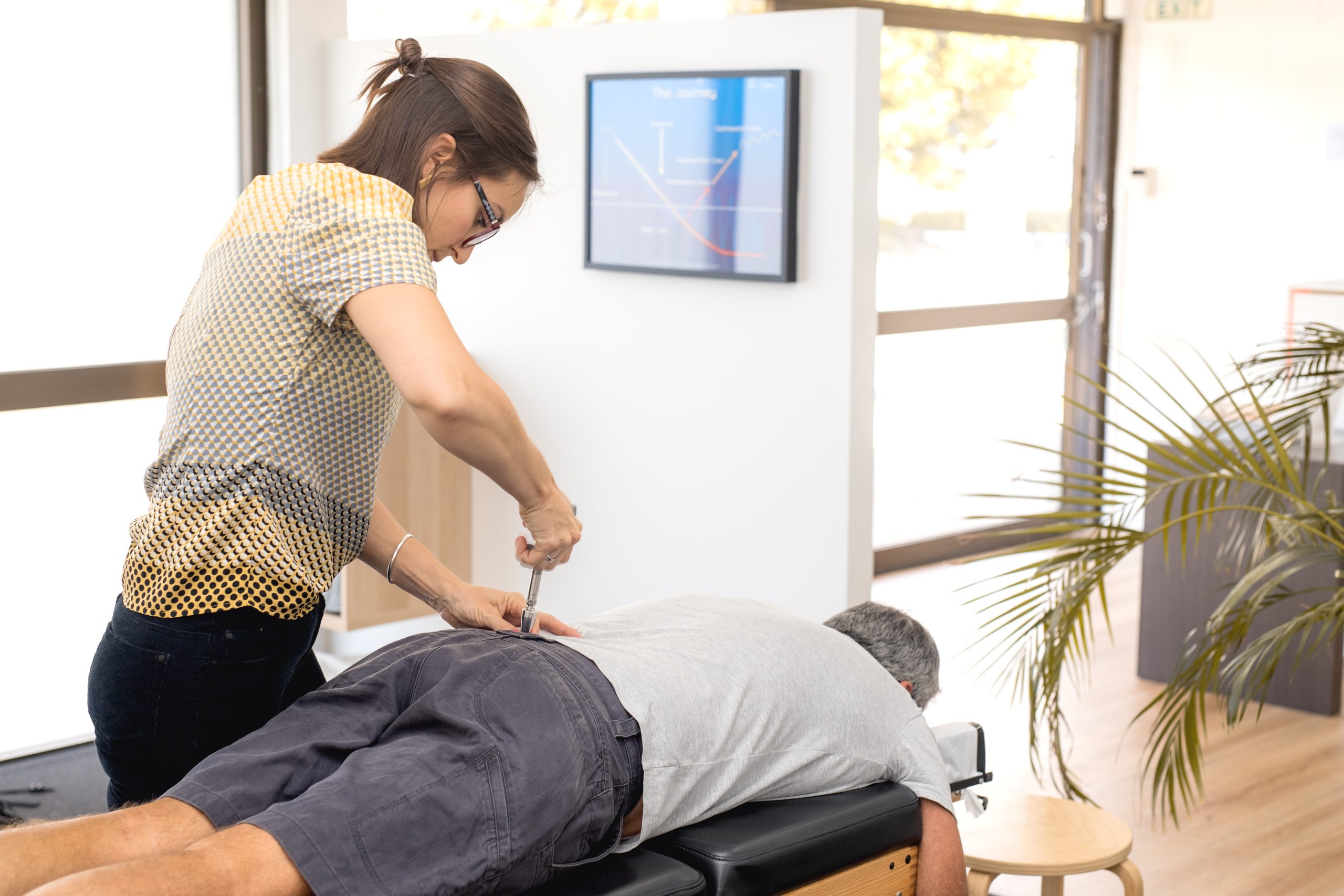Spinal decompression therapy has become an increasingly popular non-surgical treatment for people dealing with chronic back pain, herniated discs, and nerve-related discomfort. But with so many options on the market, one common question remains: does spinal decompression therapy really work?
Let’s take a closer look at the science behind this therapy, the expected outcomes, and what patients can realistically hope to achieve.
What Is Spinal Decompression Therapy?
Spinal decompression therapy is a non-invasive treatment that gently stretches the spine using a specialized traction table or spinal decompression machine. This process creates negative pressure within the spinal discs, encouraging bulging or herniated disc material to retract and relieving pressure on surrounding nerves.
Treatment is typically done over 15 to 30 sessions, spread across 4 to 6 weeks. Each session lasts 20 to 45 minutes and is often paired with complementary therapies such as chiropractic care, massage, or physical therapy.
What Does the Evidence Say?
Numerous studies and patient reports support the effectiveness of spinal decompression therapy, particularly for conditions like:
- Herniated or bulging discs
- Degenerative disc disease
- Sciatica
- Spinal stenosis
- Nerve root compression
A study published in the American Journal of Pain Management found that 71% of patients experienced significant pain reduction after spinal decompression therapy. Another clinical report in Orthopedic Technology Review noted improvements in disc height and a reduction in disc protrusion on post-treatment MRI scans.
However, results can vary based on the individual’s condition, treatment consistency, and whether it’s paired with supportive care. While many patients feel relief after just a few sessions, others see gradual improvement over time.
What Results Can I Expect?
Spinal decompression therapy is not a one-size-fits-all solution, but patients often report:
- Reduced back or neck pain
- Improved mobility and flexibility
- Decreased numbness or tingling from nerve compression
- Fewer flare-ups of chronic discomfort
Importantly, it is non-surgical, drug-free, and has no downtime, making it an excellent option for those seeking to avoid more invasive interventions.
Frequently Asked Questions
Q: Does spinal decompression therapy work for everyone?
A: No treatment works for every patient. However, spinal decompression has shown high success rates in those with disc-related back pain and nerve compression.
Q: Is the therapy painful?
A: Most patients find it relaxing and pain-free. Some even fall asleep during sessions.
Q: How long until I feel relief?
A: Some patients notice improvement within a few sessions, while others require several weeks of consistent treatment.
Conclusion: Is Spinal Decompression Worth It?
If you’re suffering from disc-related back pain or nerve symptoms and want to avoid surgery or long-term medication use, spinal decompression therapy may be worth exploring. It offers a safe, evidence-supported option with little to no side effects.




